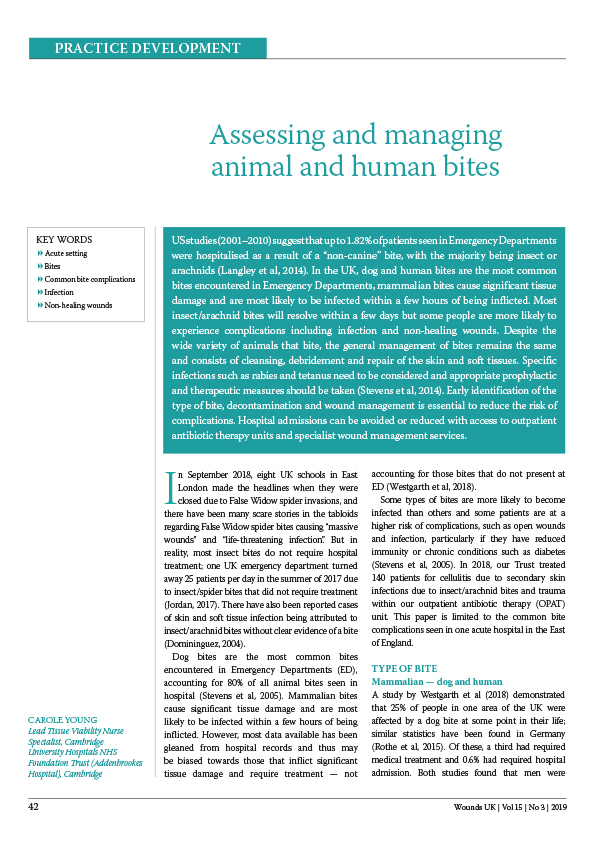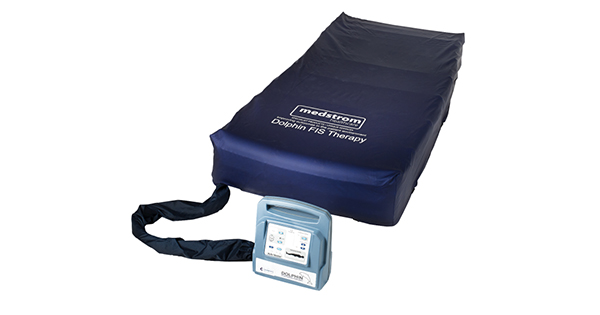Identifying the cause and aetiology of wounds is a complex process that requires an in-depth knowledge of wound evolution and holistic aspects of a patients history (Black et al, 2015). This paper focuses on the complexities of determining whether a deep tissue injury (DTI) is caused by pressure or trauma in order to ensure appropriate care is provided and investigations are in the patients best interests (Bruce et al, 2015). It is well documented that a pressure ulcer (PU) occurs when sustained, unrelieved pressure is applied over an area with a bony prominence causing the tissues to compress, become starved of a blood supply and progress to tissue ischaemia. Where shear is also a factor, a distortion of cells occurs causing a break in the cell walls and damaging the underlying tissues, the severity is dependent upon the duration and intensity of the pressure and shear forces (Hoogendoorn et al, 2017). While pressure damage occurs over time; when a person is involved in high intensity, short duration shear forces as a result of trauma similar injuries are seen and often confused with pressure damage as a DTI often has a delayed visible appearance on the surface of the skin (Dodward et al, 2015). The case studies described demonstrate the challenges faced by ward level staff in recognising and accurately documenting the aetiology of these wounds. In conclusion, having an in-depth understanding of the forces involved in high velocity trauma can help practitioners to recognise the potential injuries which may become apparent in days following admission to hospital and enable accurate assessment and care planning.





